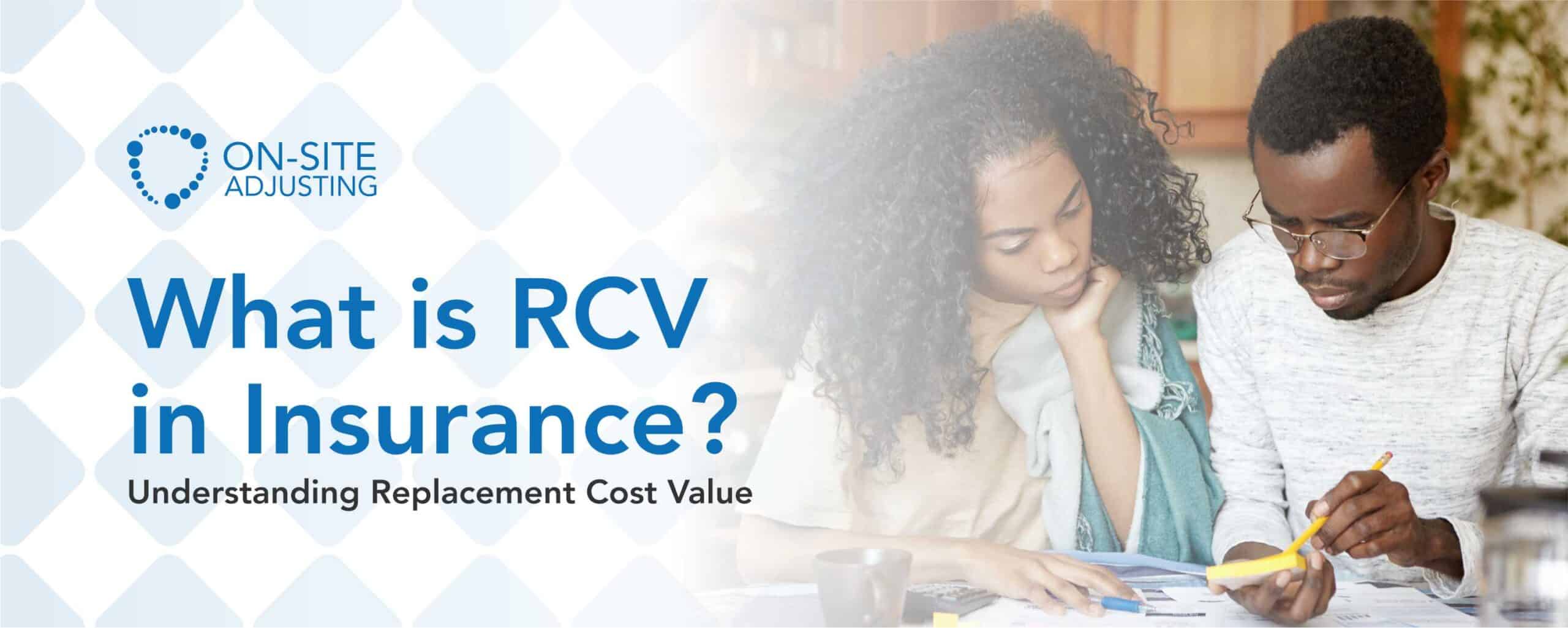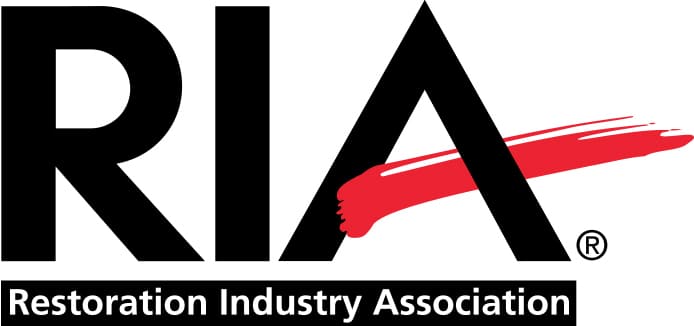
Replacement Cost Value (RCV) is a fundamental concept in property insurance, particularly within homeowners insurance policies. It ensures that policyholders are reimbursed for the cost of replacing damaged property with new items of similar kind and quality without accounting for depreciation. This article analyzes what RCV is in insurance, comparing it with Actual Cash Value (ACV), discussing its benefits, and explaining the factors that influence its calculation. We will also explore RCV coverage limits, endorsements, and its importance in homeowners insurance.

What Is Replacement Cost Value (RCV)?
RCV represents the amount required to replace damaged or destroyed property with new items of similar kind and quality at current market prices, without factoring in depreciation. This means that if a covered event damages your property, the insurance payout will cover the cost of buying new, similar items at today’s prices. For instance, if a fire destroys a five-year-old sofa, RCV coverage will pay for a new sofa of similar kind and quality, regardless of the age or condition of the original one.
In homeowners insurance, RCV applies to both dwelling coverage and personal property coverage. Dwelling coverage, which includes the structure of your home, is typically covered at RCV by default. However, personal property coverage might default to ACV, and you may need an endorsement to upgrade to RCV for personal items.
Feeling stuck with your claim? You don’t have to fight alone.
Reach out to us — we will review your claim for free and help you understand your options
How Does Replacement Cost Value Differ From Actual Cost Value?
Actual Cash Value (ACV)
ACV represents the depreciated value of your property. It accounts for wear and tear, age, and other factors that reduce the value of your property over time. In the event of a loss, ACV coverage will reimburse you for the item’s current value, which is often significantly less than what it would cost to replace it with a new item. For example, if a ten-year-old roof is damaged, ACV coverage will only pay for its depreciated value, not the cost of a new roof.
Replacement Cost Value (RCV)
RCV, on the other hand, does not consider depreciation. It covers the full cost of replacing the damaged property with new items. This makes RCV coverage more comprehensive and typically results in higher claim payouts. For instance, if the same ten-year-old roof is covered under RCV, the insurance payout would cover the cost of a new roof of similar quality, ensuring you are not out of pocket for the difference between the old and new value.
How To Calculate Replacement Cost Value
Calculating RCV involves determining the current market price for rebuilding or replacing the damaged property with new, similar items. Insurance companies use various factors to estimate RCV, including the cost of materials, labor, and other expenses necessary to restore the property to its pre-loss condition. This process ensures that policyholders receive enough funds to fully replace their damaged property without financial loss.
Factors Influencing RCV Calculation
Several factors influence the calculation of RCV:
- Construction Costs: The cost of building materials and labor can vary significantly depending on the location and economic conditions.
- Property Size and Features: Larger properties or those with unique features may have higher replacement costs.
- Local Building Codes: Compliance with local building codes and regulations can affect the cost of rebuilding.
- Inflation: Inflation can increase the cost of materials and labor over time, affecting the overall RCV.
Depreciation is a key factor distinguishing RCV from ACV. While RCV covers the cost of new items without depreciation, ACV takes into account the age and condition of the property. For instance, a twelve-year-old appliance would be reimbursed at its depreciated value under ACV, which might be significantly lower than its replacement cost. RCV eliminates this gap, ensuring policyholders receive enough to replace the item with a new one.
What Is the 80% Rule?
Many insurance policies with RCV coverage include an 80% rule. This rule requires policyholders to insure their property for at least 80% of its total replacement cost to receive full RCV benefits. If the coverage falls below this threshold, the insurance payout may be reduced proportionally, leaving the policyholder responsible for a portion of the replacement costs. For instance, if a home’s replacement cost is $200,000, the insurance coverage must be at least $160,000 to meet the 80% rule.
What are the Coverage Limits and Endorsements on RCV Policies?
RCV policies often have coverage limits, which are the maximum amounts the insurer will pay for a loss. These limits ensure that payouts do not exceed the reasonable cost of replacing or repairing the property. Policyholders can enhance their coverage with endorsements such as:
- Extended Replacement Cost Endorsement: This increases the coverage limit beyond the standard RCV limit, providing additional funds to cover unexpected costs.
- Guaranteed Replacement Cost Endorsement: This endorsement guarantees full coverage of replacement costs, even if they exceed the policy limits.
These endorsements can be particularly valuable in areas prone to natural disasters, where rebuilding costs can surge unexpectedly due to increased demand for materials and labor.
Additional RCV Endorsements
When it comes to RCV, additional endorsements can further enhance coverage. For example, an Extended Replacement Cost endorsement increases the coverage limit by a specified percentage, such as 25% or 50%, beyond the policy’s stated limit. This is particularly useful in scenarios where rebuilding costs exceed initial estimates, providing a safety net against rising construction costs.
A Guaranteed Replacement Cost endorsement goes a step further by covering the full cost of rebuilding or replacing the property, regardless of the policy limit. This offers the highest level of protection, ensuring that homeowners can fully restore their property without financial strain, even if costs surge significantly.
What is the Importance of RCV in Homeowners Insurance?
RCV coverage is essential for homeowners who want to ensure they can fully replace their property without incurring out-of-pocket expenses. It provides a higher level of financial security compared to ACV, which may leave policyholders with insufficient funds to replace their damaged property. While RCV policies often come with higher premiums, the benefits of comprehensive coverage and peace of mind usually outweigh the additional costs.
Financial Security and Peace of Mind
The primary advantage of RCV is the financial security it provides. It eliminates the financial burden of depreciation yy covering the full cost of replacing damaged property. This is particularly important for homeowners with valuable or essential items, ensuring they can maintain their standard of living and quickly recover from losses.
Comprehensive Coverage
RCV offers comprehensive coverage, protecting both the dwelling and personal property. This is crucial for homeowners with significant investments in their property and belongings. With RCV, policyholders can be confident that their insurance will cover the full cost of rebuilding their home and replacing their possessions, regardless of their age or condition.
How Does RCV Work In Real Life?
Example 1: Fire Damage to a Home
Consider a scenario where a fire severely damages a home. Under an ACV policy, the insurance payout would account for the depreciation of the home’s structure and contents, potentially leaving the homeowner with a significant shortfall. With RCV coverage, the insurance would cover the cost of rebuilding the home and replacing the damaged contents with new items, ensuring the homeowner can restore their property without financial hardship.
Example 2: Hailstorm Damage to a Roof
In another example, a severe hailstorm damages a ten-year-old roof. Under an ACV policy, the payout would be based on the roof’s depreciated value, which might not be enough to cover the cost of a new roof. With RCV coverage, the insurance would pay for a new roof of similar quality, covering the full replacement cost and providing the homeowner with sufficient funds to repair the damage.
How to Evaluate Your Insurance Needs
When selecting insurance coverage, it’s important to evaluate your needs and consider the benefits of RCV. Factors to consider include the age and condition of your property, the potential for depreciation, and your financial ability to cover the difference between ACV and RCV payouts. For many homeowners, the higher premiums associated with RCV are justified by the comprehensive coverage and peace of mind it provides.
Assessing Coverage Limits
It’s also crucial to assess your coverage limits and ensure they are adequate to fully replace your property. This may involve obtaining professional appraisals and periodically updating your coverage to reflect changes in property values and construction costs. You can avoid potential shortfalls in the event of a loss by maintaining appropriate coverage limits.
Periodic Policy Reviews
Regularly reviewing your insurance policy and making necessary adjustments is essential to maintaining adequate coverage. This includes evaluating changes in construction costs, property values, and personal property inventories. Keeping your policy up to date ensures that your coverage remains sufficient to meet your needs over time.
Conclusion
Replacement Cost Value (RCV) is a crucial component of property insurance, offering policyholders the financial protection needed to fully replace damaged or destroyed property without considering depreciation. Understanding the differences between RCV and ACV, the factors influencing RCV calculations, and the benefits of RCV endorsements can help homeowners make informed decisions about their insurance coverage. Therefore, homeowners can ensure they are adequately protected and prepared to recover from unexpected losses by choosing RCV coverage.












